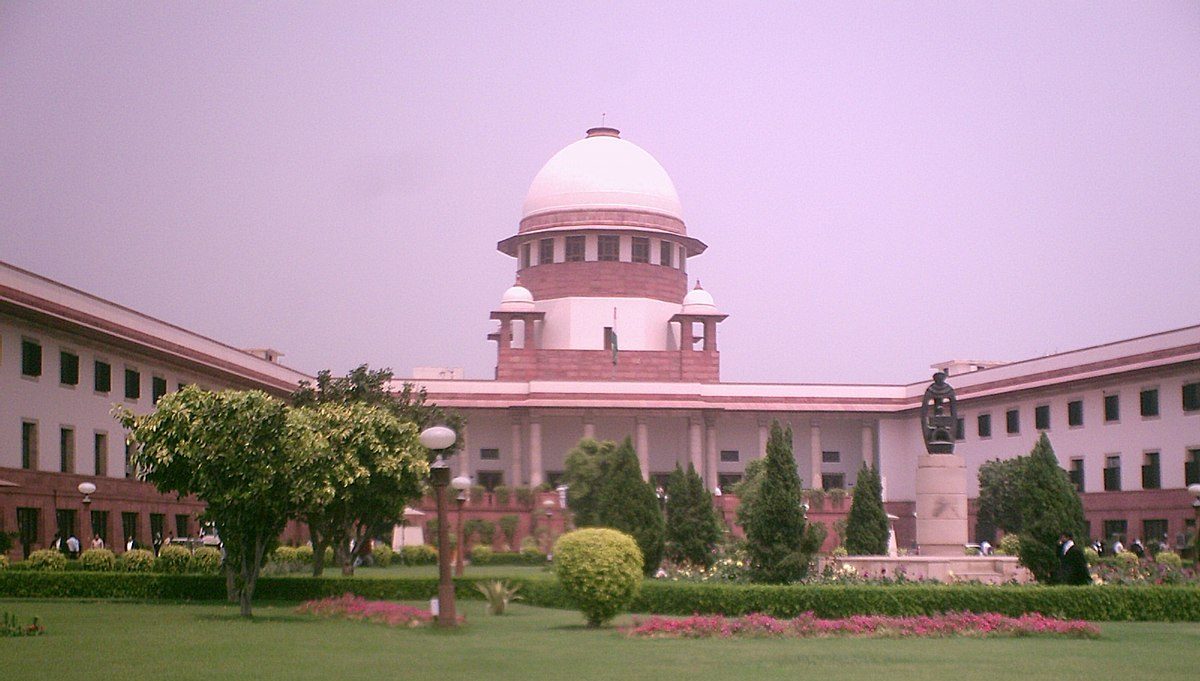A two-judge bench of the Supreme Court delivered a split verdict in the hijab case. While Justice Hemant Gupta upheld the restriction on hijab, Justice Sudhanshu Dhulia quashed it.

The Supreme Court delivered a split verdict in the Hijab ban case. (Creative Commons)
The much-awaited verdict in the hijab case came on Thursday. 13 October, but it was a split verdict.
While Justice Hemant Gupta dismissed petitions challenging the Karnataka High Court’s order, Justice Sudhanshu Dhulia allowed the petitions and set aside the Karnataka High Court’s order.
The matter is now before the Chief Justice of India, to be sent to a larger bench.
“There shall be no restriction on the wearing of hijab anywhere in school and colleges in Karnataka,” Justice Dhulia’s last line of judgement said.
In this report, we bring you critical observations from both judges, and how steeply contradictory their take on the Hijab case has been.
From secularism to freedom of choice and the responsibility of a state-run public education institute towards students, both judges differed vehemently in their views.
In the 216-page judgement, Justice Hemant Gupta’s order ran into 140 pages.
While putting the onus of adhering to “uniform” as a means of a reasonable restriction on students, Justice Gupta insisted that allowing the hijab would be against the values of secularism in a state-run school.
He also opposed putting up this case before a Constitutional bench.

May 02, 2024

May 02, 2024

May 02, 2024

May 02, 2024

May 02, 2024

May 02, 2024